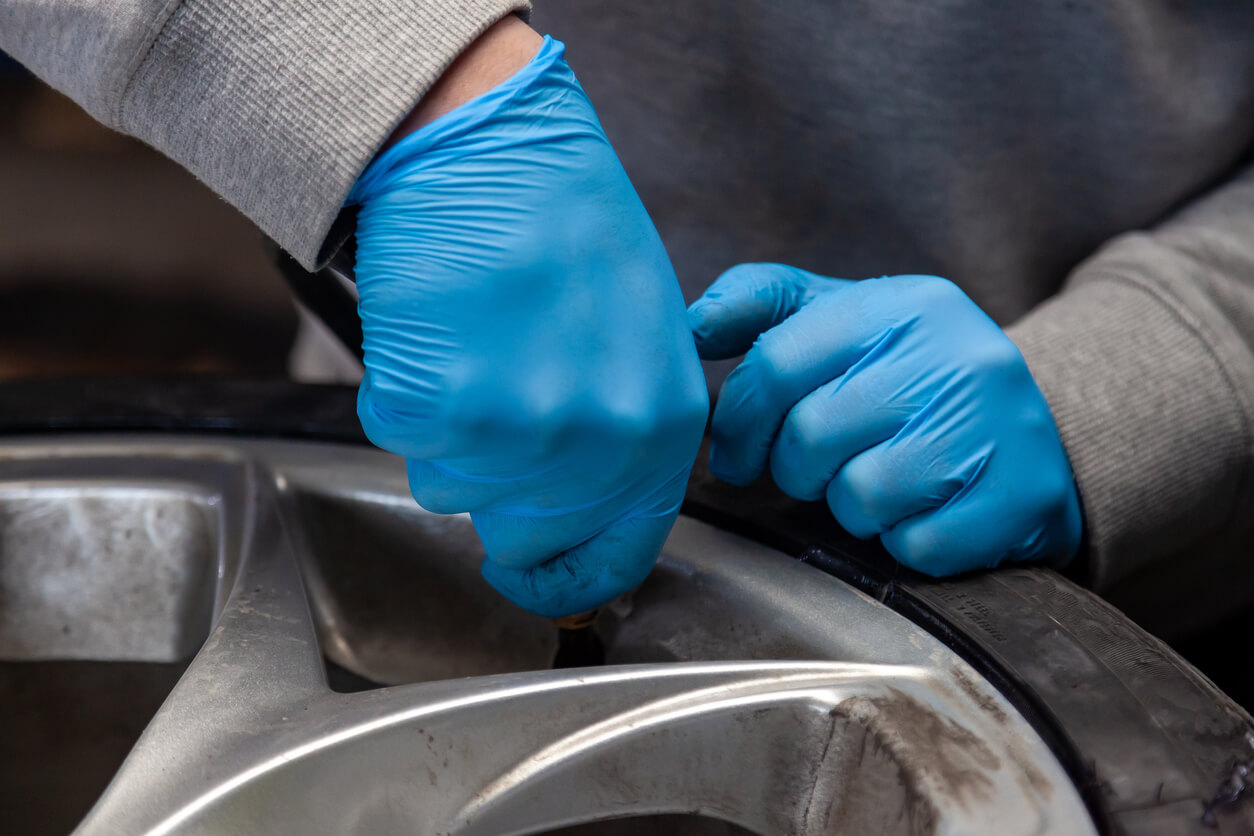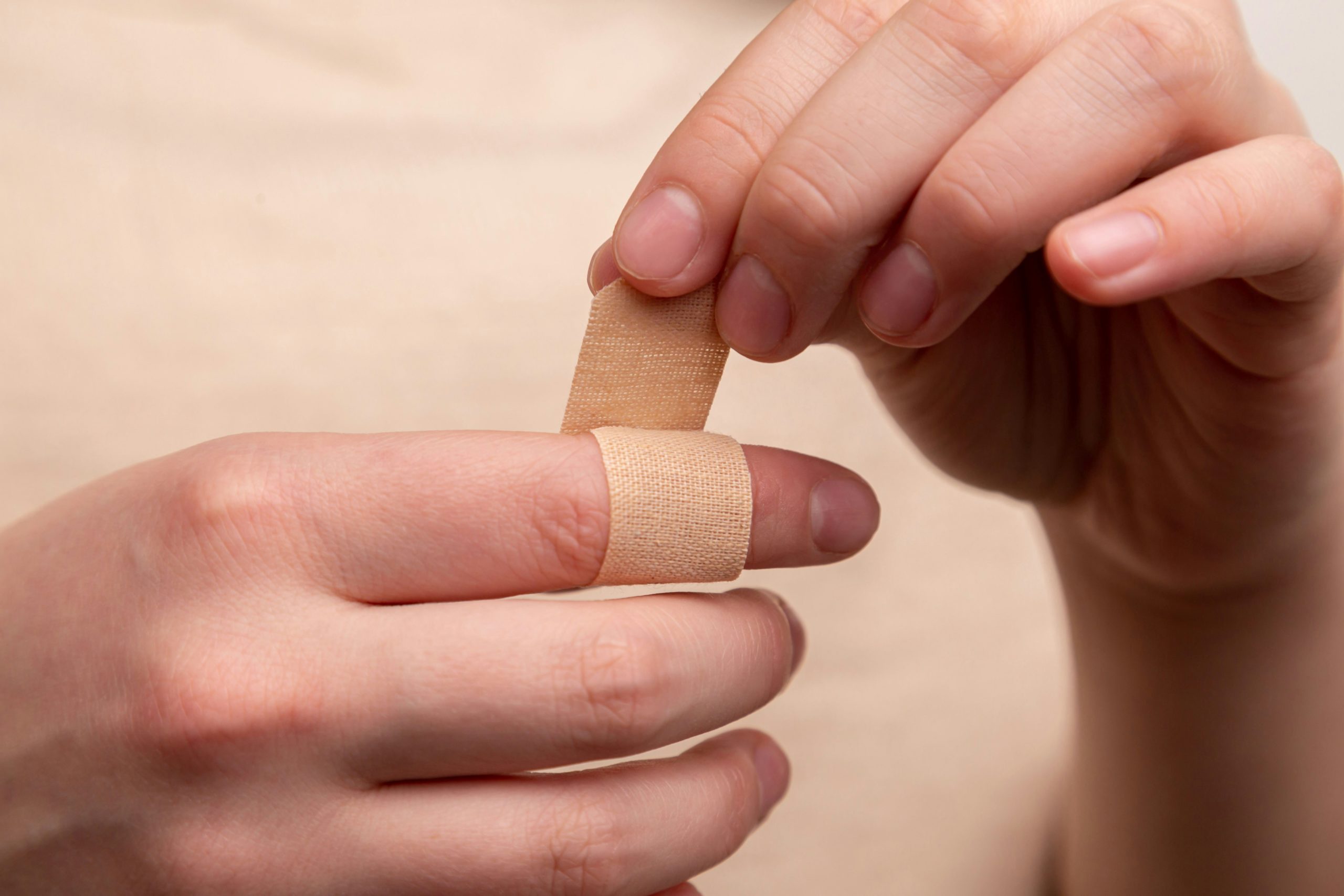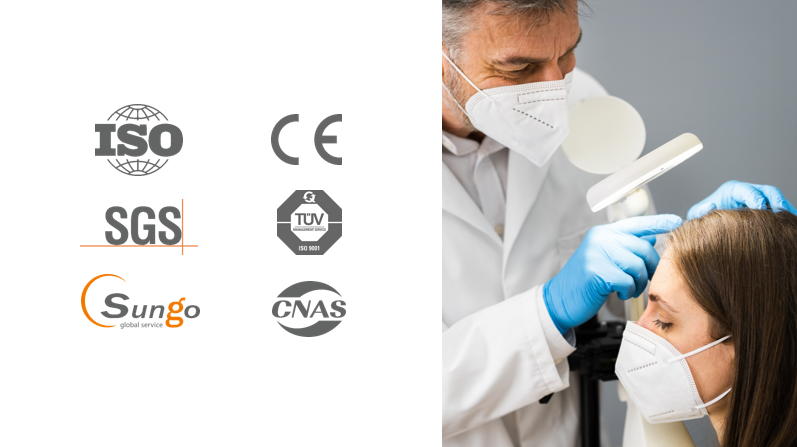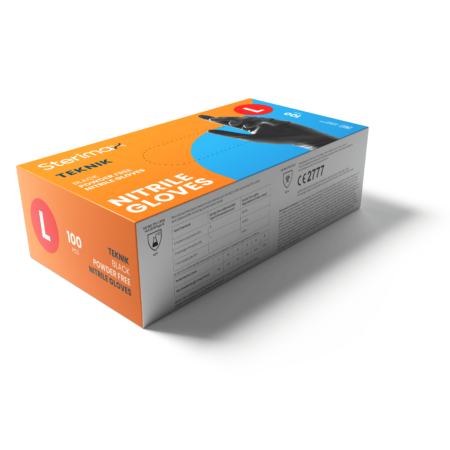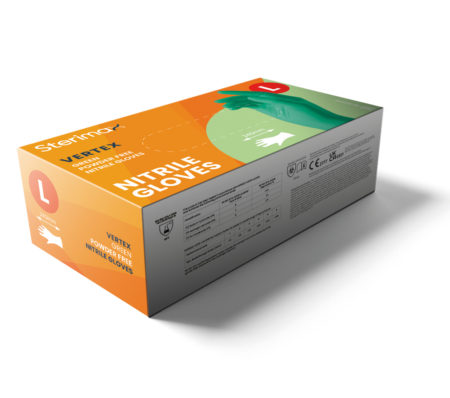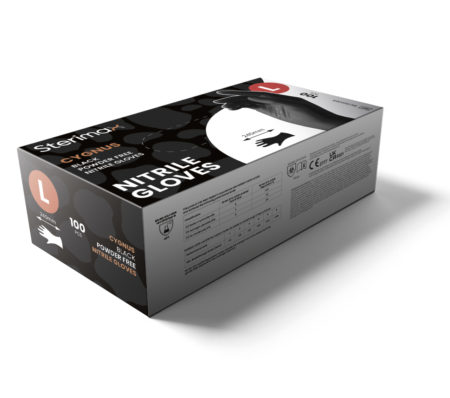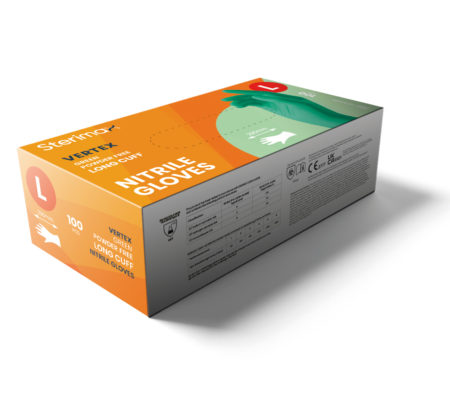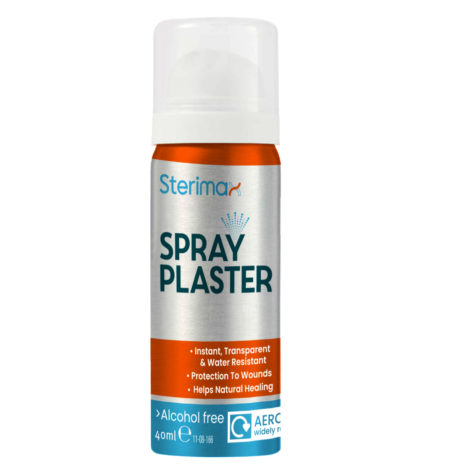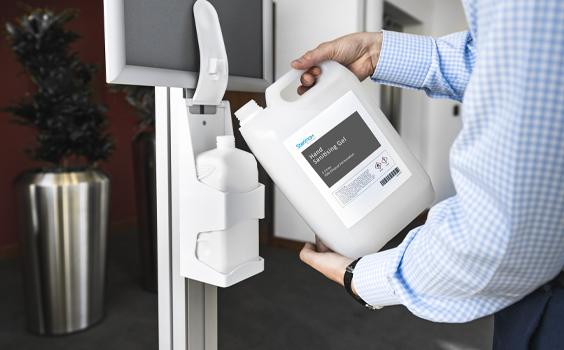Hand hygiene became a focus like never before at the beginning of the coronavirus pandemic. From the Prime Minister urging us to sing ‘Happy Birthday’ to people stockpiling mountains of alcohol gel, making sure our hands were a germ-free zone was a big priority.
But what about now? A year into the pandemic, has hand hygiene become a habit – or have we let our standards slide? As the nation emerges from what will hopefully be the last coronavirus lockdown, it’s clear we still need to take whatever steps possible to prevent further outbreaks and spikes, and hand hygiene remains a simple and cheap way to do it.
We’ve put together a complete guide hand sanitisers and the options on hand hygiene – how they differ, and where to use them.
Soap & water
It’s true that good old-fashioned soap and water remains one of the best ways to rid your hands of bacteria and viral particles that can infect others or go on to make you ill. Ordinary hand washing is cheap and accessible to everyone, which makes it an important tool in preventing the spread of infection. To make sure your hands are really clean, you should always use hot water and rub vigorously to generate plenty of lather. Wash the palms, backs of the hands, between the fingers, under the nails and the thumbs – it should take at least 20 seconds.
Effective and easy as it may be, hand washing with soap and water isn’t always practical. Out and about or at work, you may not have access to hot, running water all the time, which is where waterless methods such as alcohol products come in.
Alcohol hand gel
Alcohol-based gels are an effective way to eliminate bacteria and viruses from the hands in a whole range of situations where soap and water can’t be used. From freestanding dispensers to tiny bottles that slip into a pocket, they’re a great way to sanitise your hands on the move – and as a result, we’ve seen them popping up in shops, workplaces, schools and many other places during the past year. To be effective, alcohol-based hand sanitisers must contain a minimum of 60% alcohol. This is combined with emollients – moisturising substances that can help to counteract the natural drying effects of the alcohol. Gel sanitisers are popular because they are gentle on the skin, making them suitable for frequent use or for delicate skin.
Alcohol hand liquid/fluid
Liquid hand sanitisers have also become really popular during the pandemic in all kinds of public spaces and workplaces. Fluids can be more efficient in use because less product is required to sanitise the hands effectively. They are also preferred by many people because they dry quickly, without leaving hands slippery. However, alcohol-based liquids can be quite harsh on the skin since they don’t contain moisturising ingredients. Hand liquids and rubs are also very portable and available in a wide range of formats for personal or public use.
Hand sanitiser wipes
Hand sanitiser wipes have two main advantages. One is that that are available in individually wrapped sachets that are sterile unless opened, making them ideal for first aid kits or slipping into a pocket in case of emergency. The second is that they have a dual function, enabling you to both clean and sanitise the hands. This is especially useful for people working in dirty environments, or for young children.
